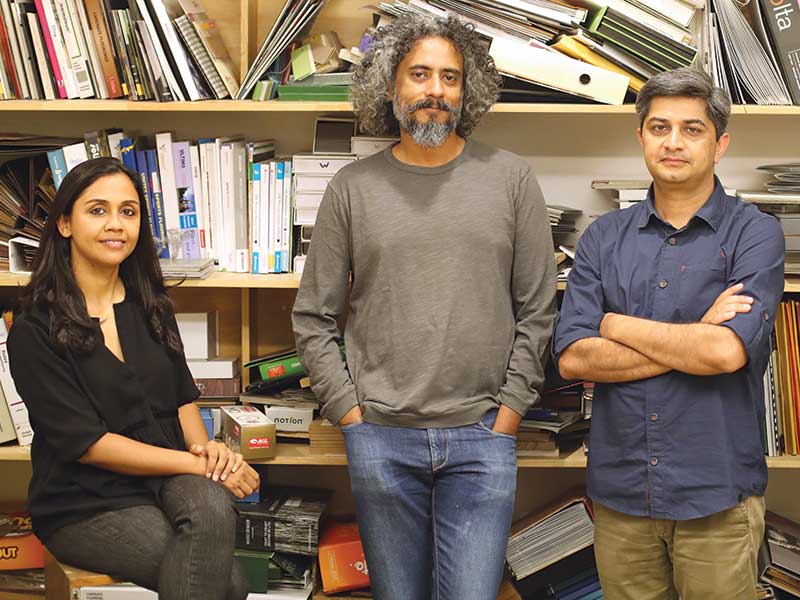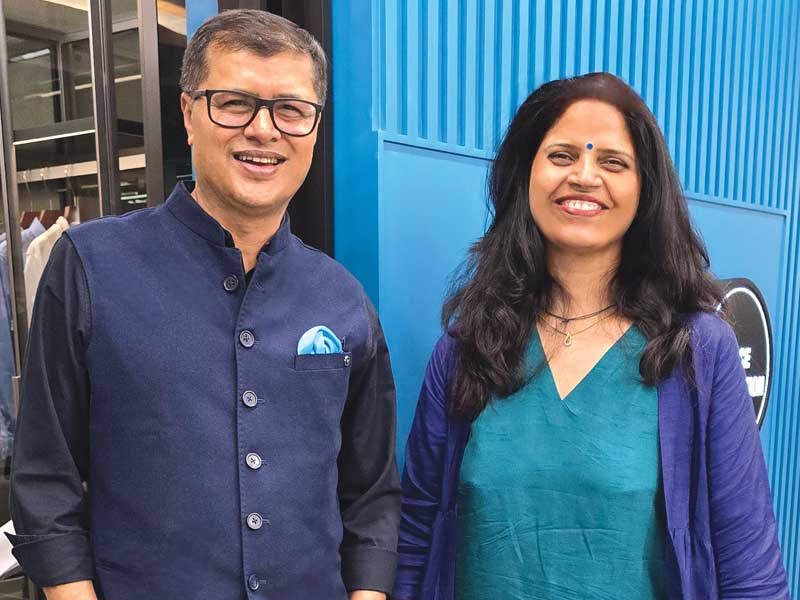
Buildings in India are defined along with global aspirations of smart cities, automation, energy conservation and reduction of carbon footprint in the design and construction process. ‘Efficient’ and ‘Inclusive’ can be taken as the foundation to be built upon. Energy efficiency can be integrated through energy saving Building Management System, climate responsive architecture and advanced building materials. Efficient site planning is required to reduce congestion and promote better connectivity with nodal points of the city. For efficient utilization of space, compact planning and modularity takes precedence owing to faster construction methods, saving resources.
Inclusive Architecture satisfies not only the needs of Indian citizens, but also takes into consideration the environment the people live in.
Investment is inclined towards site selection as it promotes better connectivity with public amenities and connectivity with recreation centres. Buildings are designed and planned for multiple utilities along with transit, such as retail spaces, multi-level car parking, hotels and recreation centres, etc. Universal design approach and adaptations of Universal Accessibility standards benefit the differently abled. Use of technology to increase passenger interactions ensures smooth flow of traffic inside the building.
There is an increasing awareness of Green Building Certification. Climate responsive architecture can be adopted with passive cooling methods, by carving out balconies, terrace gardens, reduction of heat island effect, etc. Natural materials such as terracotta tiles and low VOC paints should be used in interiors. Solid and industrial waste management should have a major focus on planning principles.
Usage of advanced materials like hollow blocks, fly ash blocks, Porotherm blocks promote energy efficiency, based on principles of Reduce, Reuse, and Recycle. Automation, modularity, and abiding by the Green Building Certifications are at the forefront of efficiency.
 Script retail store of Godrej, Bangalore
Script retail store of Godrej, BangaloreWith the retail designing/store planning trend moving towards experiential designs, iconic stores should catch attention with increased FDI and global aspirations of Indian citizens.
Increased use of technology, like VR, along with public amenities like cafeteria, leads to an increased footfall, directly affecting the sales and commercials. Energy efficiency is carried out through store automation as there is an increased awareness of green building certification. Use of advanced building materials, which are climate responsive and can be reused and recycled, also help with the same. Dynamic façade, façade with passive solar shading, climate/site responsive facades, green terraces and refuge areas, all help in reducing the heat island effect.
Architecture, with prefabrication, has reached the scale of modularity.
The way interior furniture is fabricated efficiently, the time taken to build a building has reduced greatly, while not compromising in accuracy. Precision and mass production weighed against the time taken for construction proves useful especially in commercial architecture where every second counts as money. Although this may standardise the style of architecture, an inclusive response to the needs of the citizens and their habitat give a personal and accessible touch.















